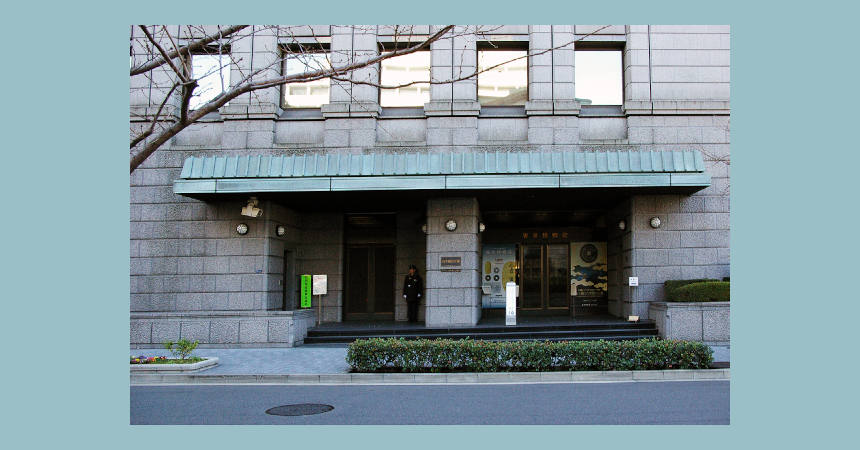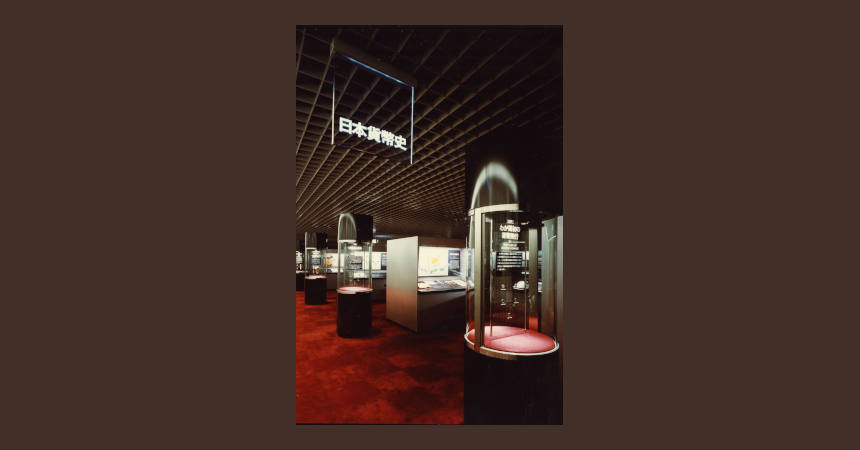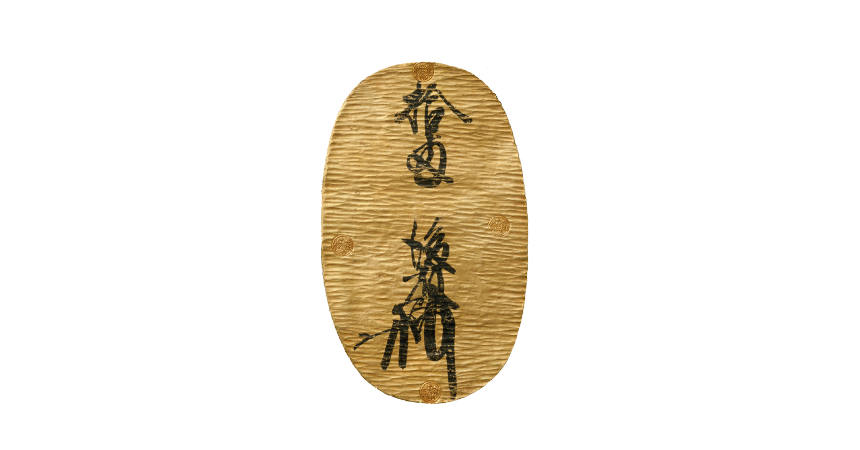Bank of Japan Currency Museum Institute for Monetary and Economic Studies
Wenn es kein Logo gibt, wird diese Spalte einfach leer gelassen. Das Bild oben bitte löschen.
(Dieser Text wird nicht dargestellt.)
1-3-1, Nihonbashi-Hongokucho
Chuo-ku, Tokyo 103-0021
Tel: +81- 03-3277-3037
The Currency Museum of the Bank of Japan was founded in 1982 to commemorate the Bank’s centenary and opened in November 1985. The Museum belongs to the Institute for Monetary and Economic Studies of the Bank. At the heart of the Museum’s collection is the Sempeikan Collection acquired from renowned numismatist Keibun Tanaka at the close of World War II.
Currency of Japan
For the currency of Japan, the exhibition is arranged in chronological historical periods:
- Ancient Times: This section on the Early Days of Japanese Coinage includes the metal coins of ancient China with examples of bronze spade money (8th- 5th centuries BC), bronze knife money (7th-4th centuries BC), bronze round coins with round holes (5th-3rd centuries BC), and bronze round coins with square holes (c. 210 BC). Also, examples of the first Japanese coins (wado kaichin) made of silver and copper from the 7th and 8th centuries AD are on display.
- Medieval Times: Documents the use of imported Chinese coins (12th-16th centuries) primarily those of the Song dynasty (960-1127) , e.g., the huang song tong bao, but some coins from the Ming dynasty (1368-1644), e.g., the yong le yong bao and hong wu tong bao.
- Early Modern Times: Displays the emerging of the currency system of the Edo Period (16th century), and the birth of a unique currency system when Tokugawa Iyeyasu began to establish a unified currency system when he minted the keicho gold and silver coins in 1601. In the meanwhile, examples of paper money known as yamada hagaki are shown which came to be used in the Ise-Yamada region (near Nara) at the beginning of the 17th century. Later on, feudal notes for use within their domains were issued by many lords. In this way, a currency system unique to Japan came into existence, with the nationwide coins of gold, silver and copper of the Shogunate and the local paper money both circulating together.
- Modern Times: This area includes coins and paper money from the early Meiji era, the origin of the yen in 1871. The first note, 10 yen, issued by the Bank of Japan on May 9, 1885 after its founding in 1882, is also shown.
Other Sections of the Exhibition
Another section of the exhibition focuses on various types of world currencies, unique notes, and coins, including large stone money on display. Commodity money used as barter with examples of arrow heads, rice, gold dust, and cowrie shells from ancient China (16th- 8th centuries BC) are shown. Highlights of exhibition are considered to be the wado kaichin copper coin, the first coin minted by a Japanese government in 708 and modeled after the kai yuan tong bao Chinese coin issued in 621; the oban and koban gold coins, which were usually presented as gifts; yamada-hagaki, the first paper money in Japan issued around 1600; fundo-kin gold ingots issued in the legacy of Ieyasu; and the first Bank of Japan banknote. After viewing the first Bank of Japan banknote issued in the Meiji period, visitors can learn about the latest anti-counterfeiting technologies of Bank of Japan notes through interactive exhibits. Most of the displays are in Japanese although, some captions and panels are written in English.
This text was written by Howard M. Berlin and first published in his book Numismatourist in 2014.
You can order his numismatic guidebook at Amazon.









